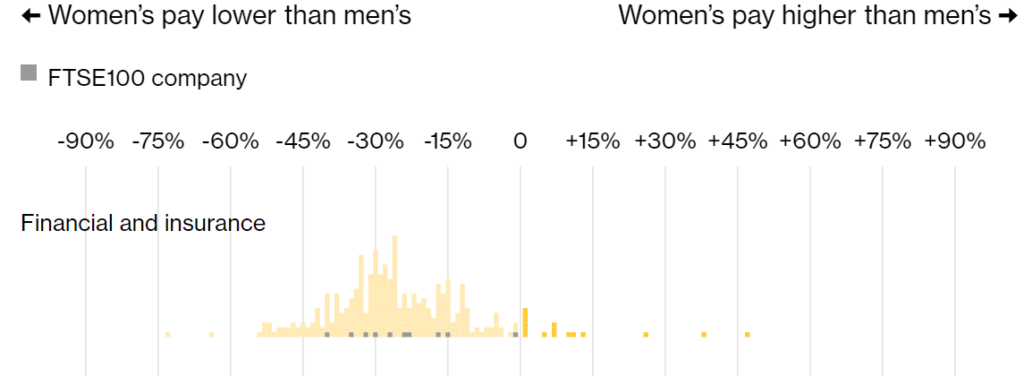Link: https://jacobin.com/2022/06/ceo-worker-pay-gap-obscene-levels-lowest-median-wages
Excerpt:
A new report from the Institute for Policy Studies (IPS) analyzes compensation at the three hundred publicly held US corporations with the lowest median wages in 2020. The report, authored by Sarah Anderson, Sam Pizzigati, and Brian Wakamo, finds that the average gap between CEO and median worker pay jumped to 670:1 in 2021, up from 604:1 in 2020. Forty-nine of the firms had ratios above 1,000:1.
Wages at 106 of the firms did not keep pace with the 4.7 percent average US inflation rate last year, and of those, sixty-seven spent resources buying back their own stock, with repurchases totaling $43.7 billion. The biggest buybacks took place at Lowe’s, Target, and Best Buy. As the IPS notes, “With the $13 billion Lowe’s spent on share purchases, the company could have given each of its 325,000 employees a $40,000 raise. Instead, median pay at the company fell 7.6 percent to $22,697.” None of the big-box stores’ retail workers are currently unionized, though there are nascent union campaigns underway at several Target stores.
Of the three hundred companies analyzed by the IPS, 40 percent received federal contracts between October 1, 2019 and May 1, 2022, for a combined value of $37.2 billion. Only six of the 119 contractors had pay gaps of less than 100:1. Maximus, a company that handles federal student debts and Medicare call centers, took in the most federal contracts of any of the firms, with $12.3 billion during the period under consideration. IPS notes that Maximus CEO Bruce Caswell made $7.9 million in compensation, or 208 times the firm’s median income and thirty-six times the salary of the officials who direct the agencies awarding the contracts.
Author(s): Alex N. Press
Publication Date: 7 June 2022
Publication Site: Jacobin

